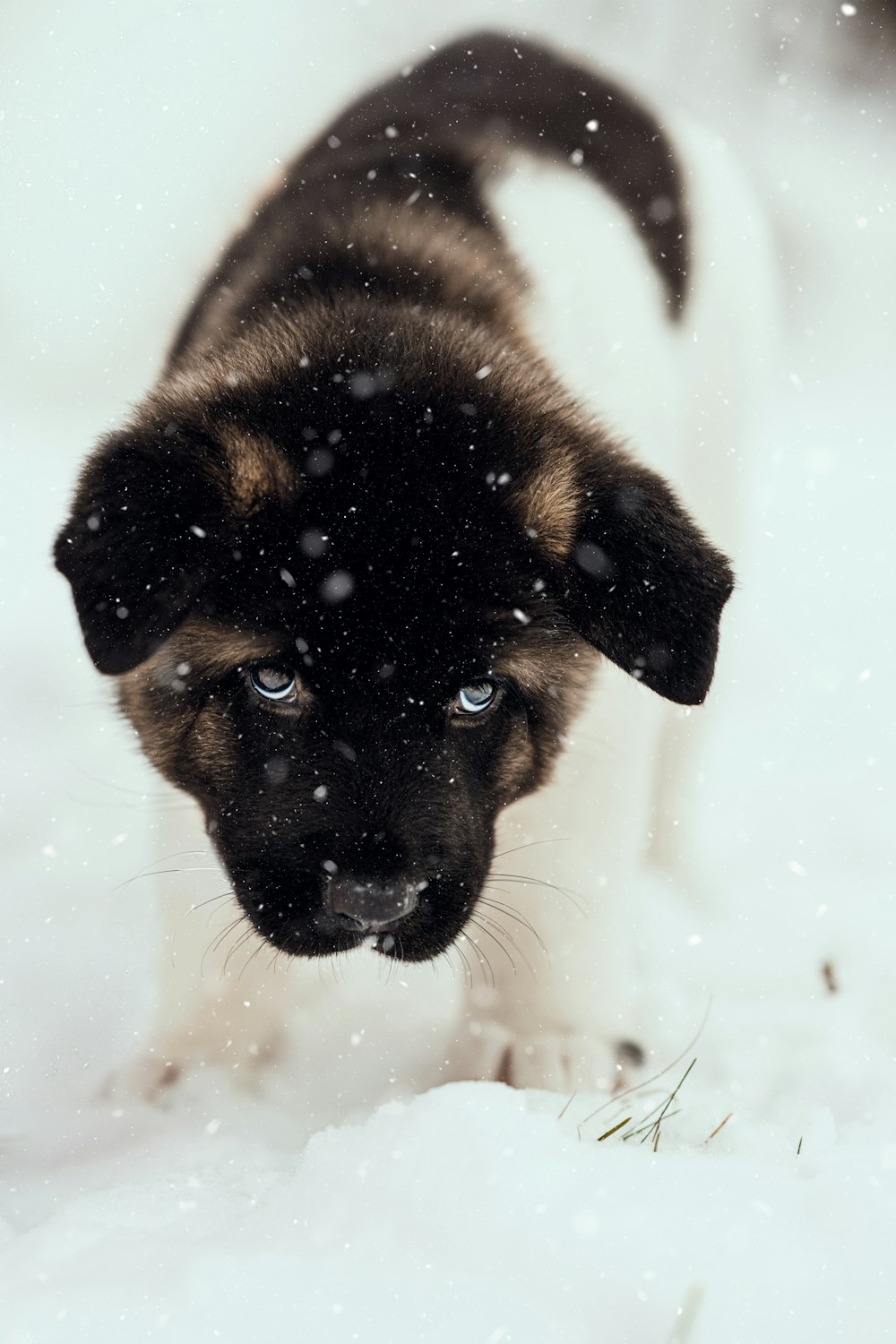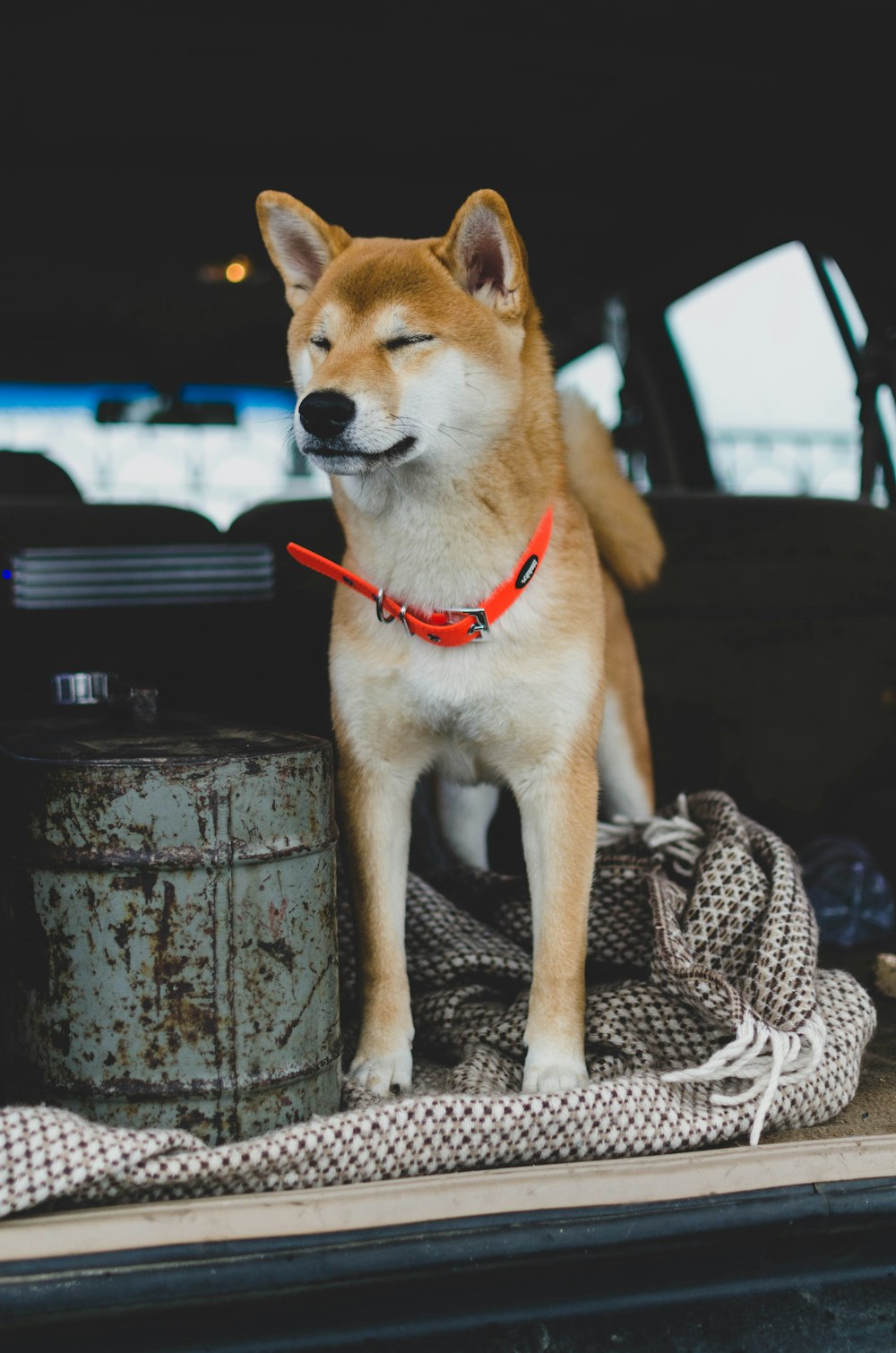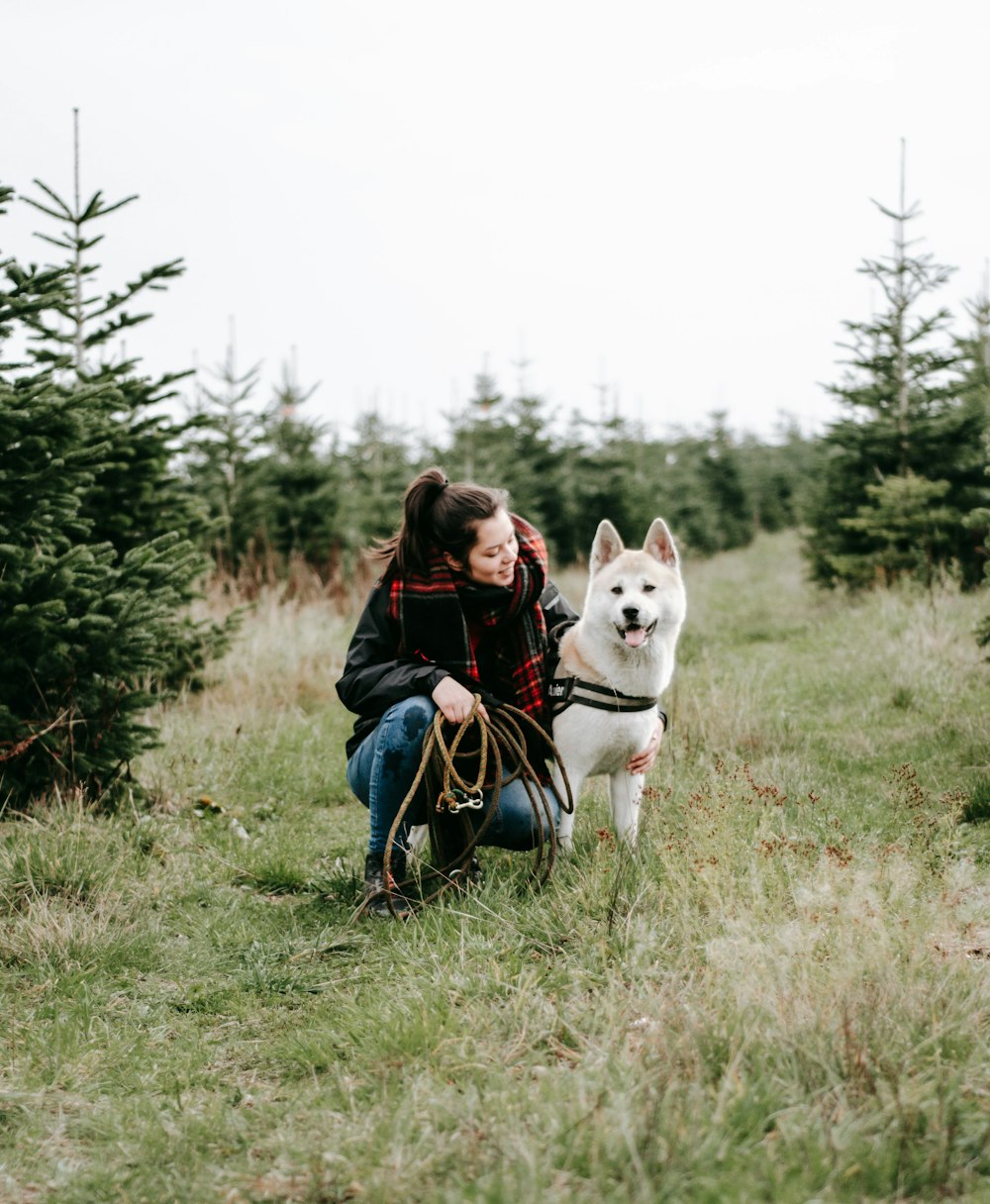How much do you know about the Akita? The Akita is a large dog from the Spitz family, similar to the Siberian Husky. They share the husky’s short double coat, large triangular, erect ears, and curled tail. They are strong, smart, independent, and dominant. The Akita was even a common companion for the renowned samurais of Japan from the 16th to 19th centuries. If you’re interested in adding an Akita to your family, here are a few things you need to know.

Where Does the Akita Come From?
The Akita originates in the mountains of northern Japan, more specifically, in the rural lands of Odate, Akita. This breed hunted large animals such as wild boar, elk, and even brown bears. In the 1600s, the breed became popular for dogfighting rings due to their power and ferocity.
The Akita suffered a decline during the 20th century when they were bred to German Shepherds, Mastiffs, and St. Bernards, losing their signature erect ears, curled tail, and red, white, or brindle coats. To resurrect the Spitz breed, breeders used two native Japanese hunting breeds called the Matagi and the Hokkaido Inu. The recovered Japanese Akita is known as the Akita Inu; the larger American Akita descends from those mixed Akitas before the breed was restored and is consequently not recognized as purebred by Japanese standards. During the Russo-Japanese War, this breed served as scouts, guards, and trackers for prisoners and lost sailors.

What Does an Akita Look Like?
Like any spitz breed, the Akita’s appearance has much to do with adaptations to their cold-weather origins. They have large, bear-like heads with powerful jaws and erect, triangular ears. They have small, deeply set, dark eyes. They have thick double coats and a tail that curls over their backs.

Akita Inu vs. American Akita
American Akitas are larger, more intimidating dogs than their Japanese cousins. Where the American version might slightly resemble a bear, the Japanese breed more closely resembles a fox. Akita Inus can be red, white, or brindle in color; American Akitas can be any color and sometimes have black face masks, a trait that disqualifies their Japanese cousins.
Akita Inu males are 25 to 27 inches tall and weigh 60 and 90 pounds; females stand 23 to 25 inches tall and weigh 55 to 80 pounds. Conversely, American Akitas are slightly taller and considerably larger; males stand between 26 and 28 inches tall at the shoulder and weigh between 100 and 130 pounds and females are 24 to 26 inches tall and 70 to 100 pounds.
What Is the Personality of an Akita?
Akitas are heavy-boned, alert animals. They are defined by their alert demeanor and are wary of strangers and other animals. They are incredibly devoted to their people and only their family will see their playful, silly side. These dogs are quiet and affectionate, a fantastic family protector.
Their aloofness means they need plenty of socialization from birth with a wide variety of people and other dogs. As long as they are properly exposed from a young age, your Akita can be quite friendly and tolerant of the people and animals they meet.
A unique behavioral trait of Akitas is their tendency to carry things around; Akitas love to carry things in their mouth, including your wrist! If you aren’t a fan of their mouthy tendencies, train your canine companion to carry the newspaper, your shoes, or a favorite toy to stem some of their instinct. Like their husky cousins, Akitas also like to clean themselves, almost like a cat. They don’t make much noise, rarely barking, but they will “talk” to their family members in amusing groans and mumbles.

How Hard Is It To Train an Akita?
Training and socialization are both vital for any dog. Akitas are powerful, dominant dogs, and they will try to boss you around. Like any dog, Akitas benefit from early training and socialization; exposure to many different situations, places, and people is key to a well-rounded companion animal. For Akitas, however, this socialization is vital to having a well-rounded canine companion. At a minimum, teach your Akita commands such as sit, stay, and come. With patience and consistency, training your pup is an enjoyable pastime for you both.
In addition to keeping them safe, engaging their minds is vital to your dog’s health; mental exercise can be just as tiring as a physical workout.
Avoid harsh training methods such as shouting or punishment, as these will likely cause your Akita to lose respect for you during a training set. Instead, stick with positive reinforcement and keep training sessions short and fun. A great-tasting training treat doesn’t hurt either. If you begin to feel frustrated, end your training session as soon as possible and try again later. Training an Akita means finding a delicate balance between asserting yourself as the leader and avoiding getting into a battle of dominance; These dogs do not back down from a challenge and should instead follow you out of loyalty and respect.
How Much Exercise Does an Akita Need?
Akitas have plenty of energy. They aren’t hyper like some breeds but do need a rigorous 30 minutes to an hour of activity each day. A quick walk, jog, hike, or playtime in the yard will do your dog wonders. Tiring out your pup will not only help you maintain their weight, but a tired dog is also a more well-behaved dog. Varying your dog’s exercise will keep them from becoming bored as well. Bored dogs are more likely to resort to adverse behaviors such as digging, chewing, barking, or aggression.

Do Akitas Have Health Problems?
Purebreds can experience their fair share of health issues, and these dogs are no exception. Though generally healthy, this breed is more prone to:
- Hip dysplasia: an inherited condition where the thigh bone does not fit snugly into the hip joint. Dogs prone to hip dysplasia develop arthritis as they age. Dogs can be tested for hip dysplasia via x-ray by a licensed veterinarian.
- Gastric dilation: also known as bloat, GD is a life-threatening condition prevalent in large, deep-chested dog breeds like the Akita. If these dogs eat or drink too quickly, or too much, the stomach can become distended and twist over, causing a blockage in the digestive system.
- Sebaceous adenitis: This condition is genetic and often misdiagnosed as hypothyroidism or allergies. SA causes the sebaceous glands to become inflamed and eventually cease functioning. Sebaceous glands are responsible, in part, for keeping your dog’s skin from drying out. Symptoms typically begin when an Akita is between 1 and 5 years old; they can have dry, scaly skin and often hair loss on the top of the head, neck, and back.
For a large dog, this breed has an above-average life expectancy of 10 to 13 years.

How Do You Groom an Akita?
Akitas sport a smooth double coat. Their coat sheds quite a bit, especially in summer, so resign yourself to regular vacuuming with one of these dogs in the household. This breed does go through periods of intense shedding, normally twice a year around the change of seasons. Weekly brushing will help keep the shedding down and a bath once every three months or so helps too.

Does an Akita Make A Good Pet For a Family?
The protective, loyal, affectionate companionship of the Akita makes a great addition to a family that is prepared for the intensity of their love. Akitas would do anything for their family but must be taught to listen to their people and to trust other humans and animals. Anyone willing to take on raising an Akita will be rewarded with a powerful, intelligent companion willing to follow them anywhere.

